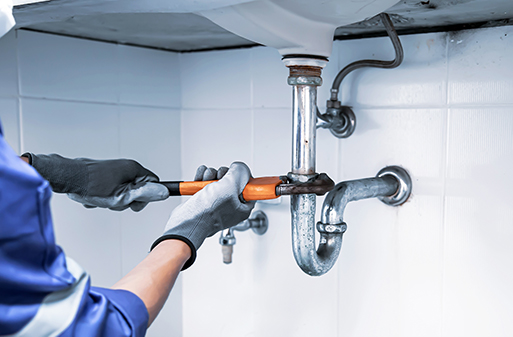Locate Regular Incidents
Once is bad luck. Twice is a coincidence. Three times is a pattern. At least, that’s how the rule usually goes.
When it comes to drainage incidents, even two similar occurrences close together should give you cause for concern. Even minor drainage issues have their cause and while that can be a one-off event - such as a freak weather incident - it’s important to make sure you know why something went wrong and take steps to prevent it happening again.
Take Care of Your Pipes
Speaking of prevention, there’s a lot you can do to keep your pipes in good condition. While it might sound obvious to some, basic rules like not pouring fat down the sink and not flushing wet wipes down the toilet are nonetheless very important to follow. If there are other people living in the house, it’s worth making sure that everybody knows these rules and is diligently following them.
You should also be diligent about property maintenance - particularly when it comes to cleaning out your gutters. Clogged-up gutters are a common problem in the Autumn and while it might seem like a chore, taking the time to clear them out once a year could save you a lot of hassle in the long run.
Keep a Plunger on Hand
Sometimes prevention simply isn’t enough, which is why it’s good to have a quick-fix method on hand. Some appliances - sinks and toilets in particular - can be prone to blockages for various reasons. Long term, your best option is to find out why and replace the appliance but if you’re not looking to spend that kind of money any time soon then it’s best to keep a plunger on hand for emergencies.
Of course, while all those steps are important, the best thing you can do in any emergency is contact a London drainage company as soon as possible. At Environ Drainage we’ll be with you as soon as we can and we won’t rest until your drains are back to normal. Get in touch by calling 020 3875 8207 or emailing us at drainage@environpropertyservices.co.uk.












